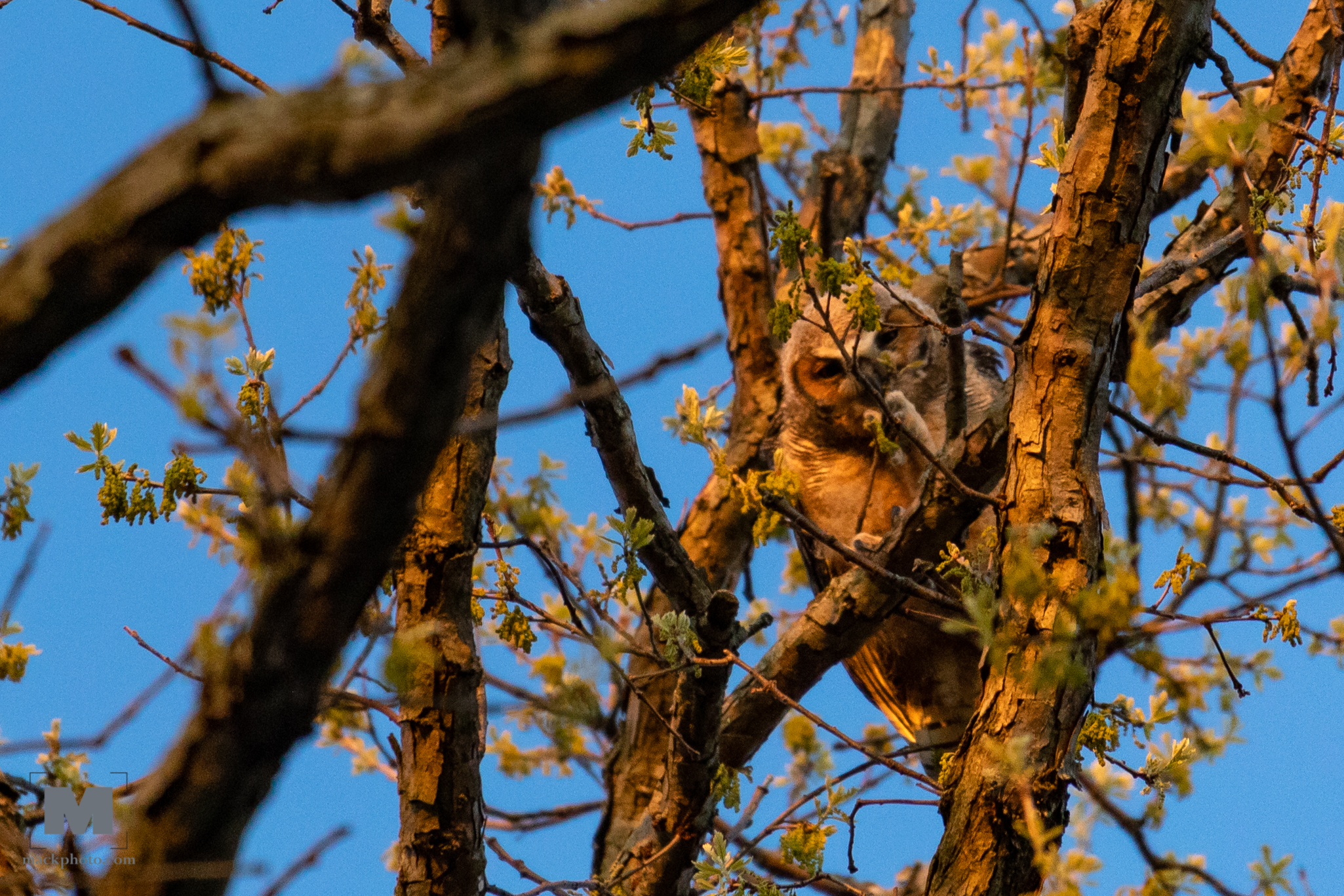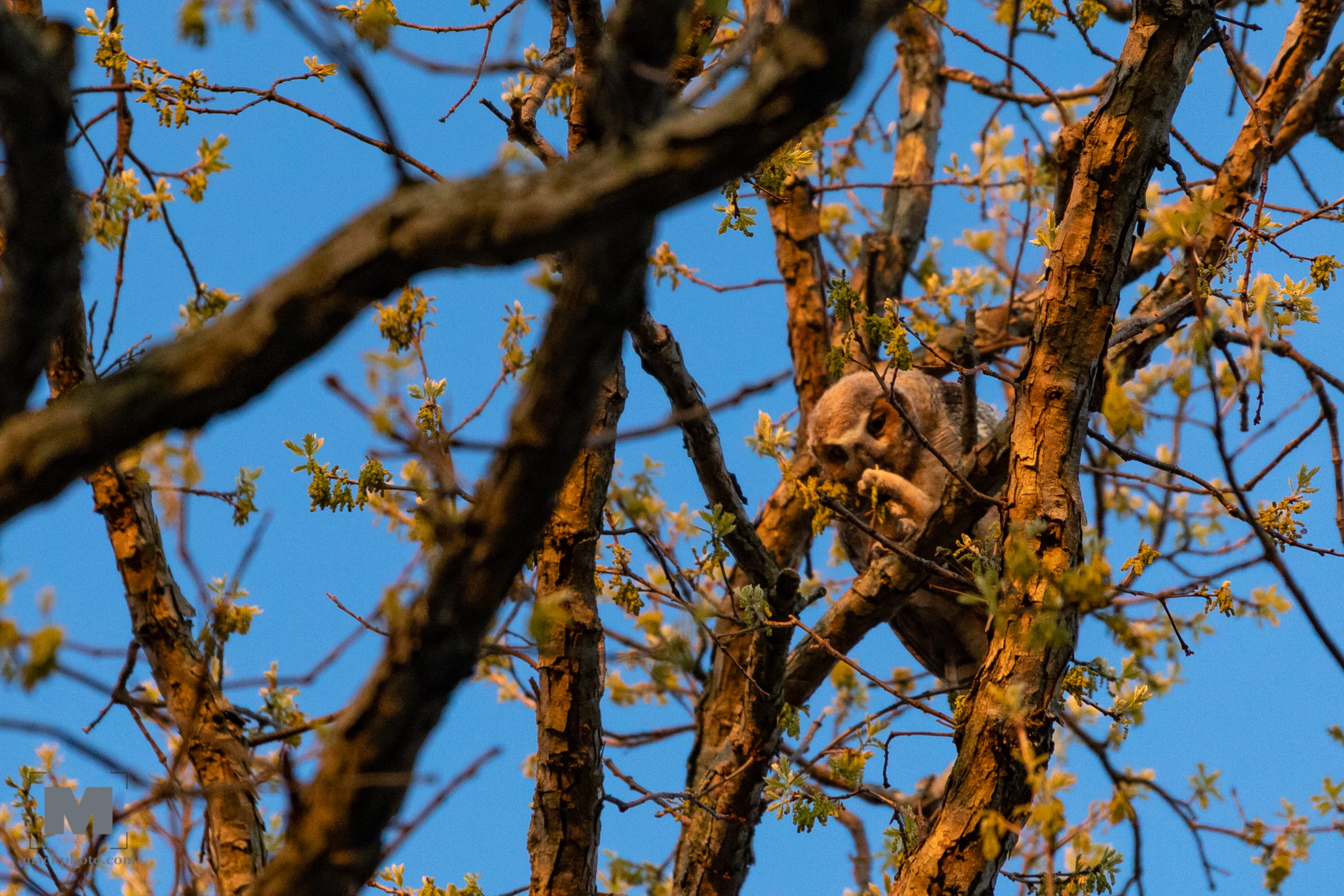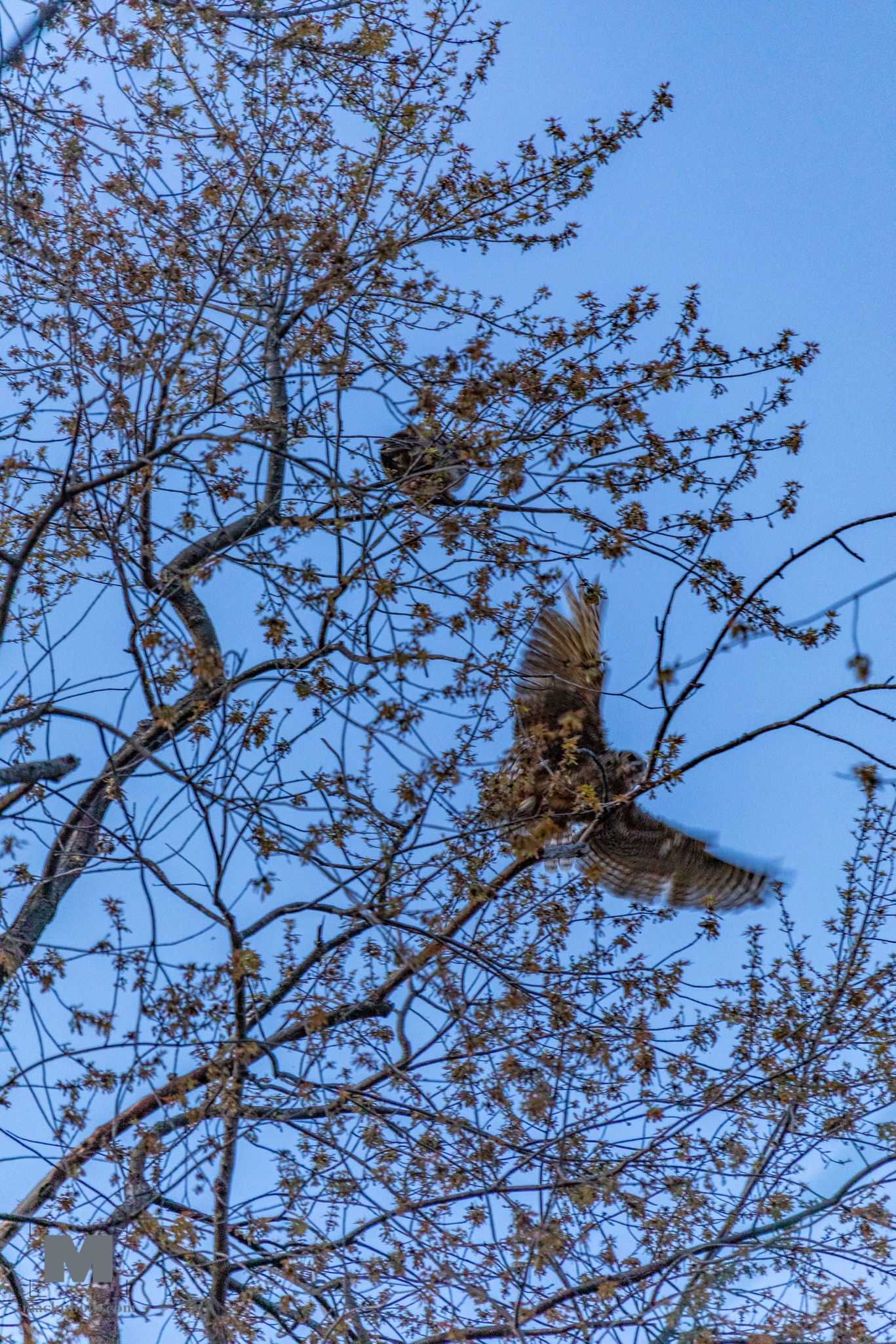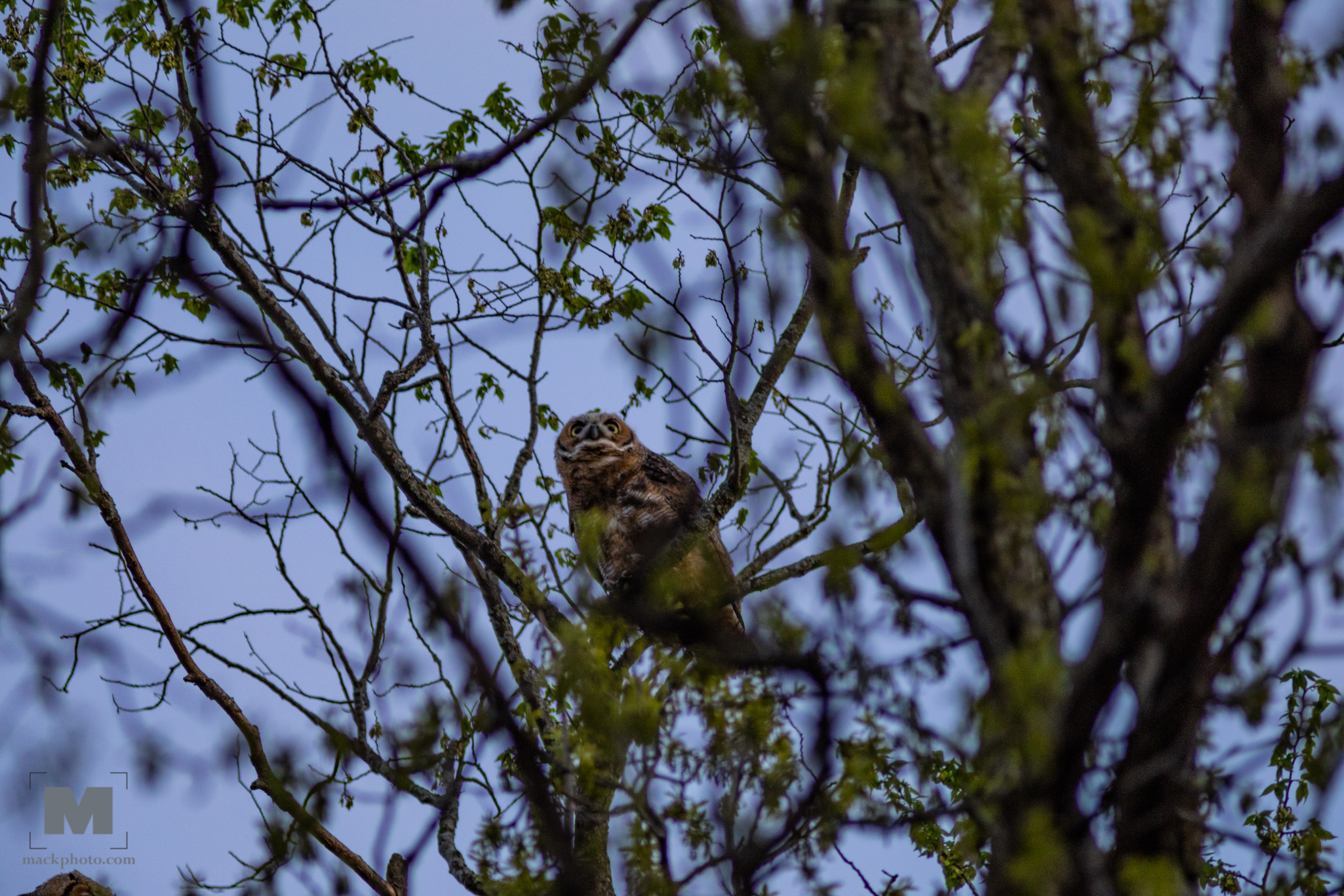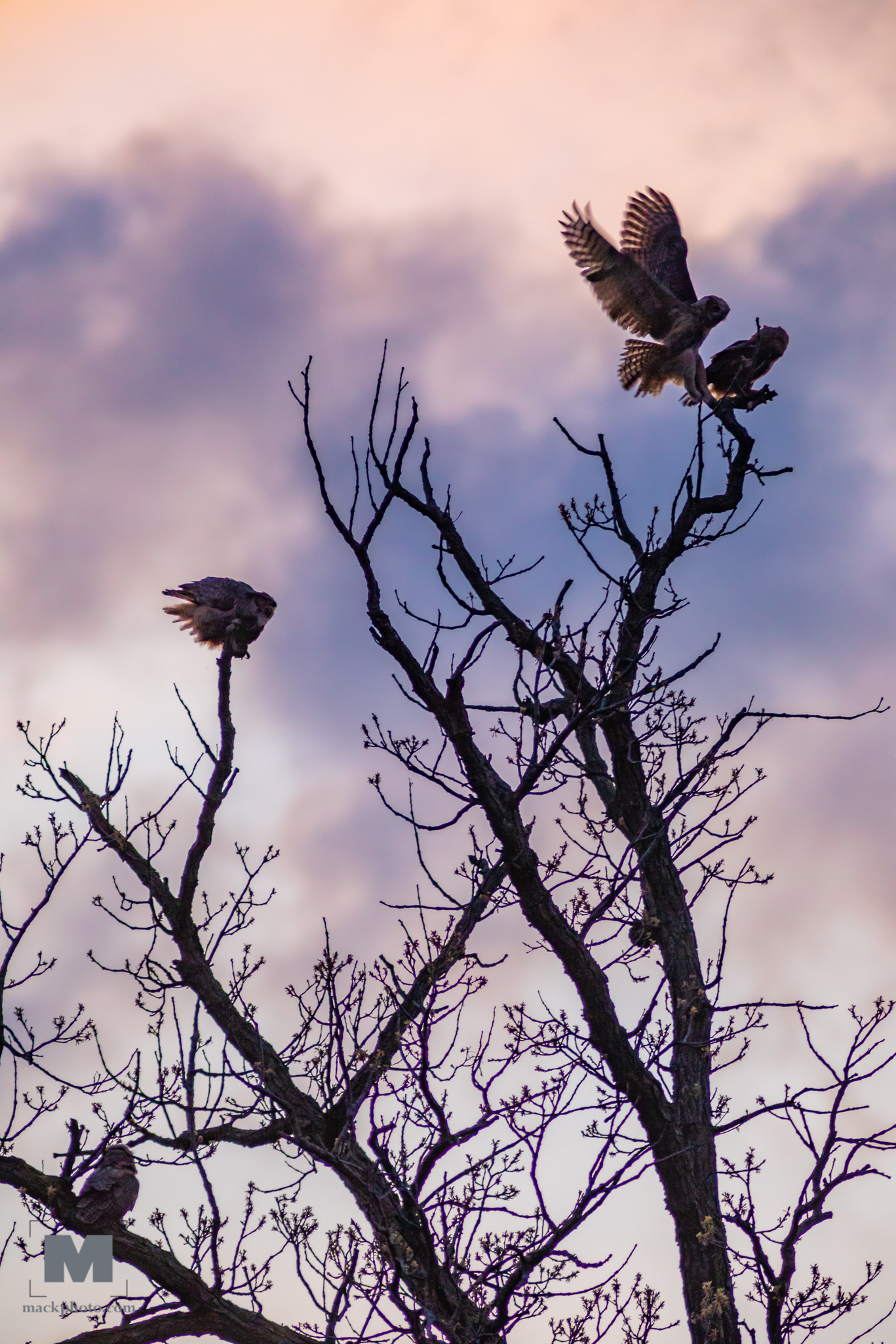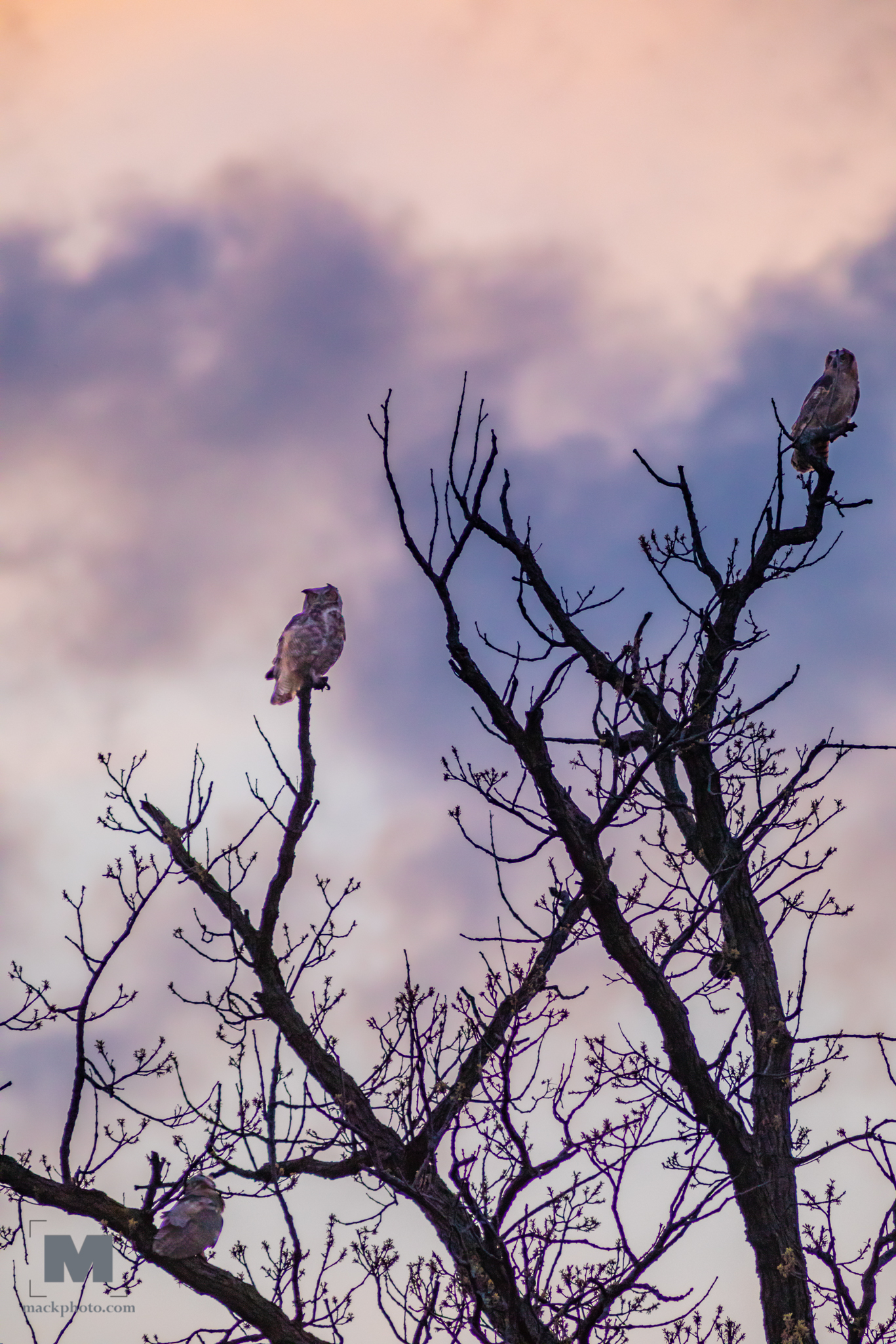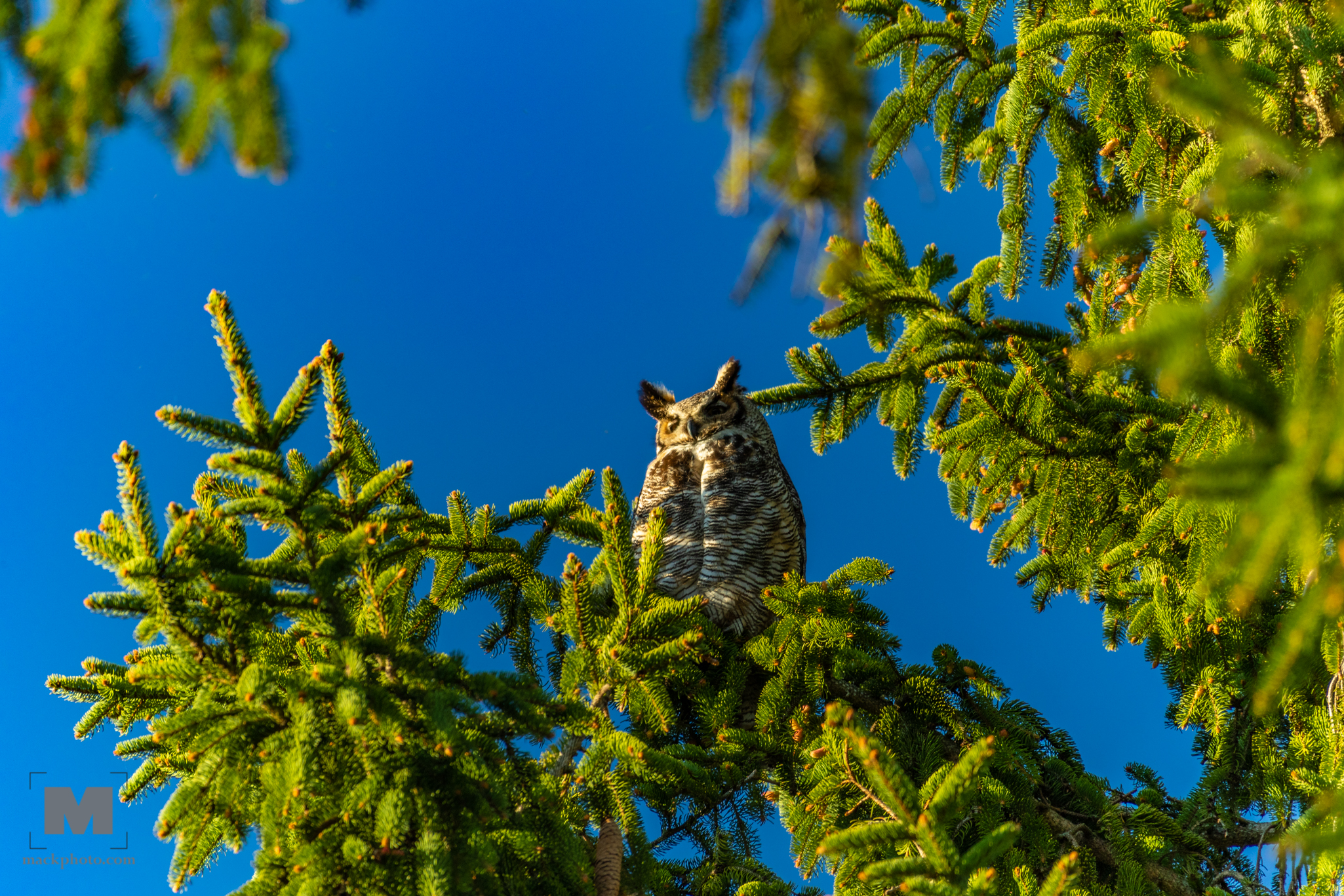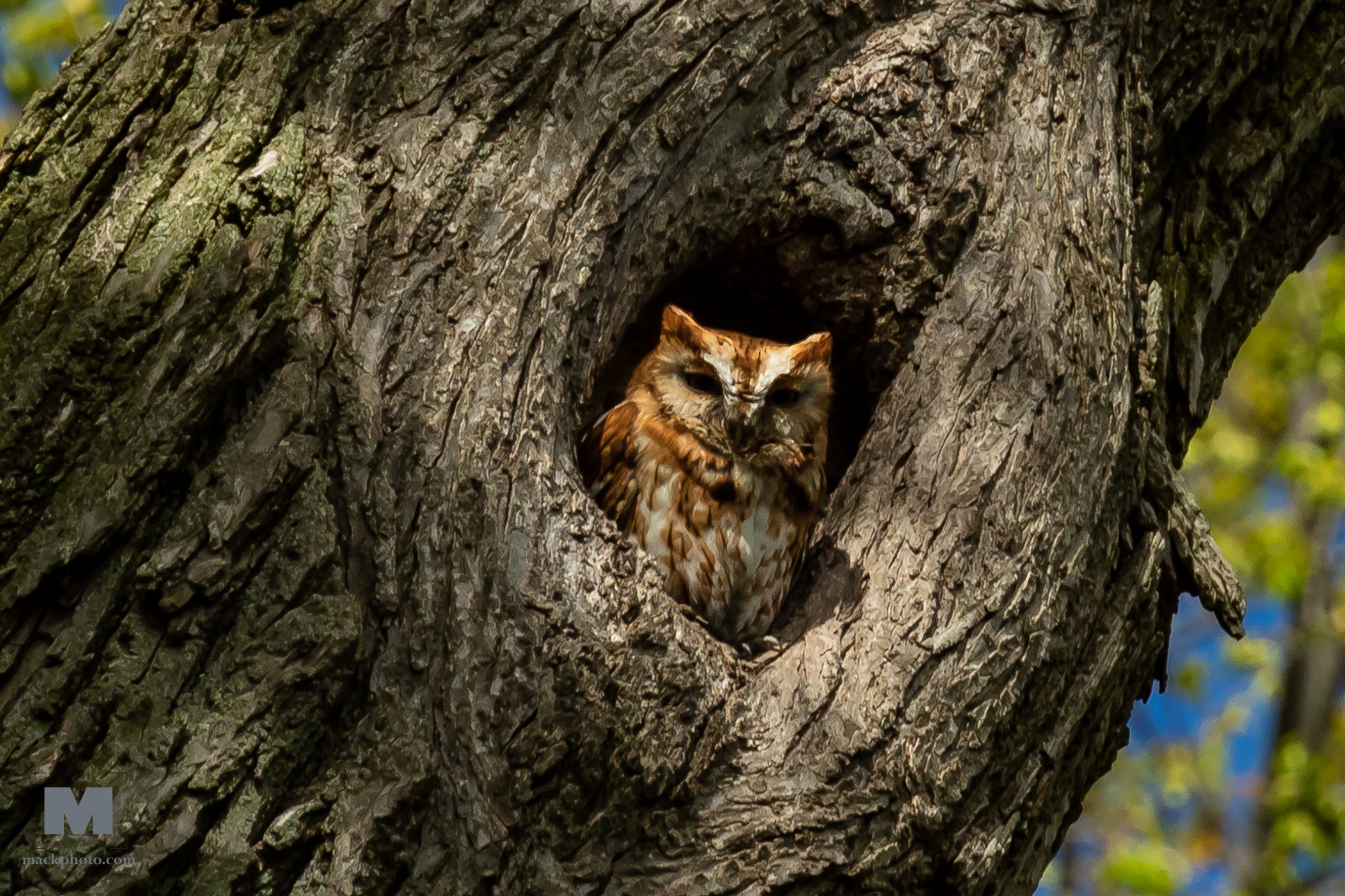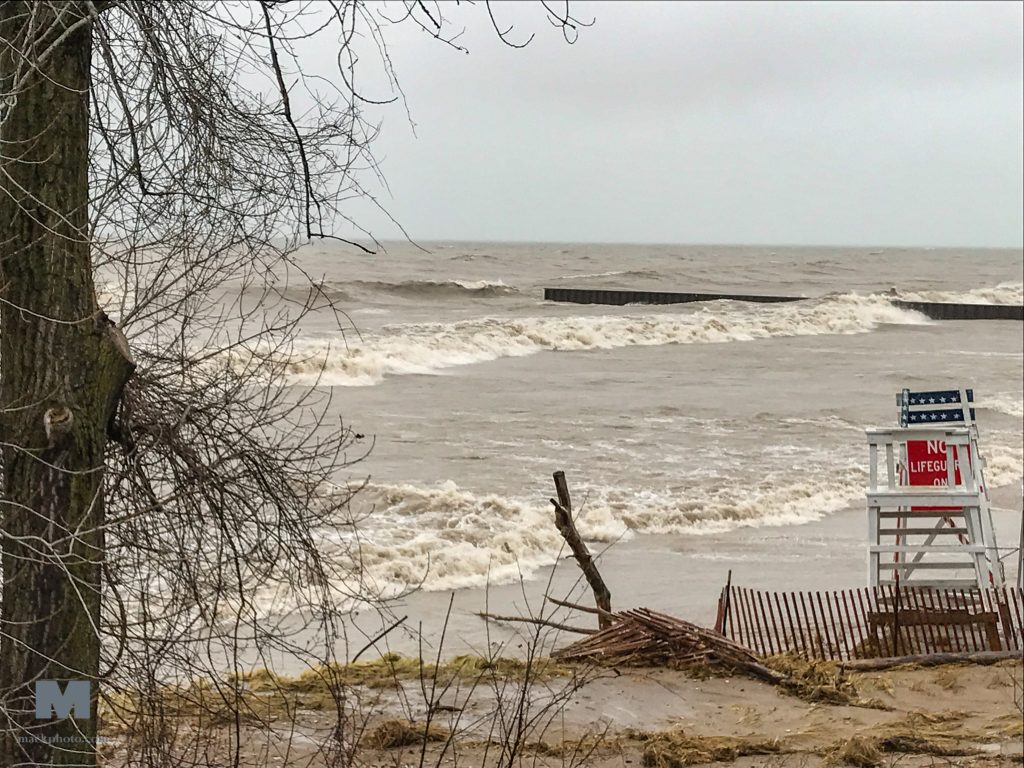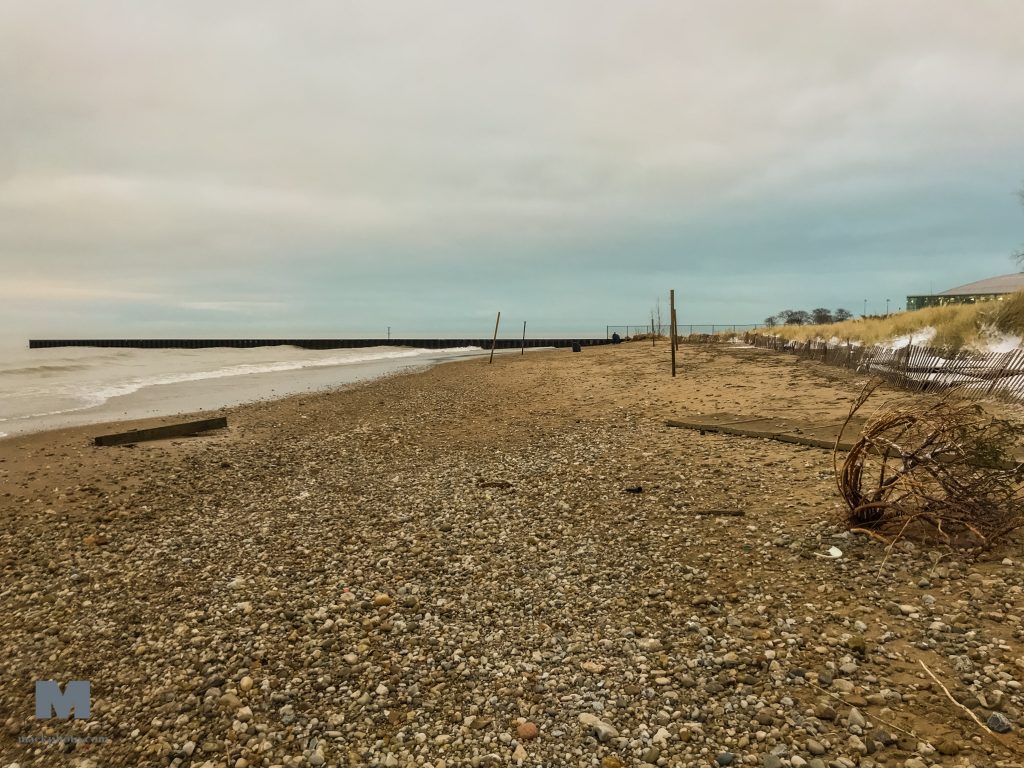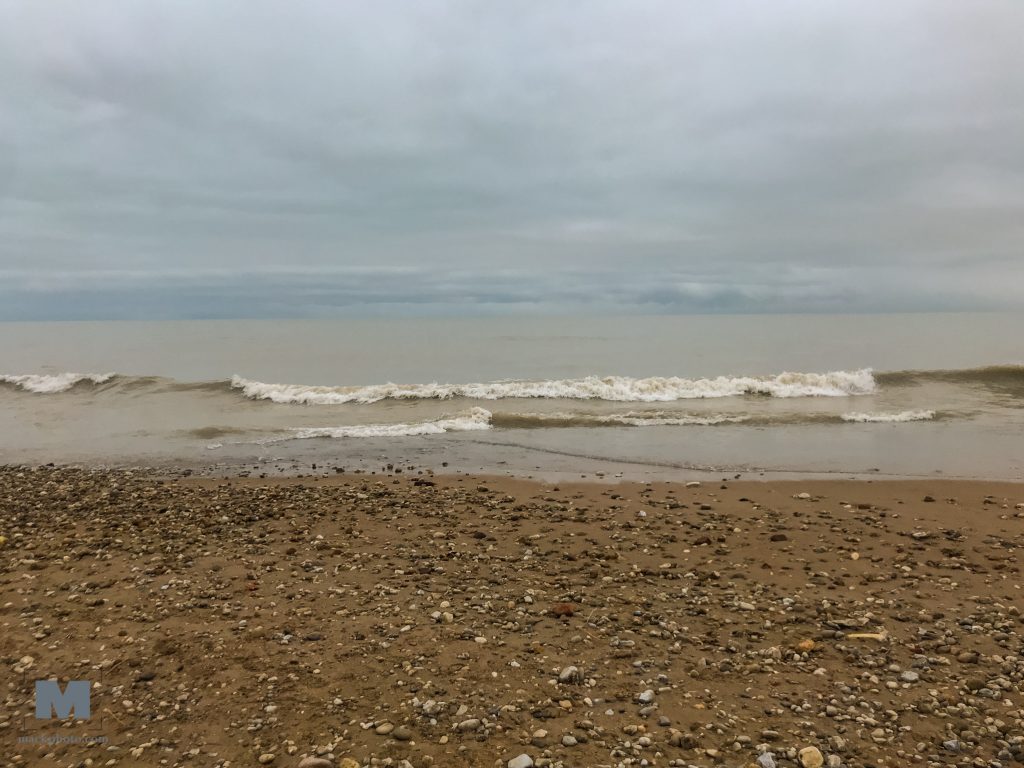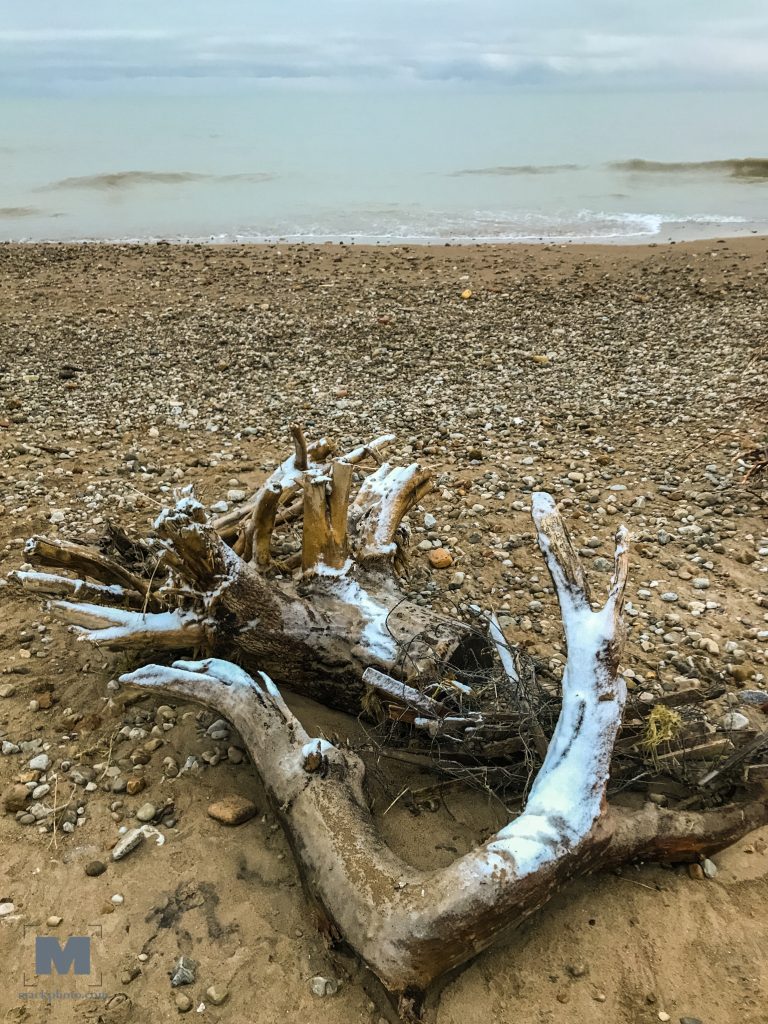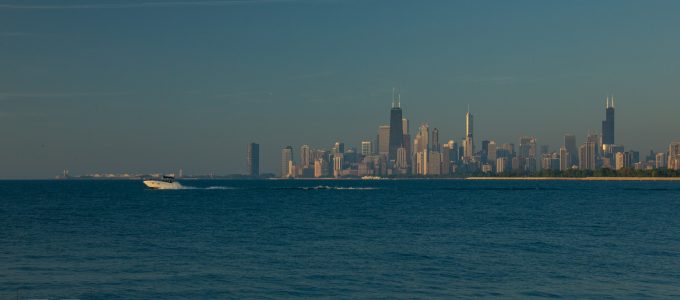Tahquamenon Falls State Park
While I have travelled far and wide to film the Great Lakes for our documentary The Sweetwater Seas: North America’s Great Lakes, I had not been to Tahquamenon Falls State Park in the Upper Peninsula of Michigan. I’ve seen lot of great shots of the falls along with drone footage. When Mary and I decided to head somewhere in the Lance Camper RV we looked for a place neither of us had been and landed on Tahquamenon Falls!
The park is the second largest state park in Michigan, and most of the 50,000 square acres are wilderness and not accessible. Which is great for the moose which have been reintroduced to the area, but not necessarily for seeing them! The hiking trails are very well kept, and the lower falls is accessible to wheelchairs. There is a 5-mile trail between the lower falls and upper falls. The lower falls are much smaller yet there are several as the water makes its way downstream to Lake Superior. We hiked the trail between the falls one afternoon for about a mile before rain and darkness turned us around. The trail down low by the river was muddy but once you moved upriver and on the bluffs it was dry and beautiful.
This short film gives you a good idea of the park, the falls and the wetland areas and lakes inside the park. As most photographers know, when travelling with others you may not linger in an area as long as you would have if travelling alone. I also only carried my iPhone for shots on some of the trails. Otherwise it was my Canon 5D Mark IV and a tripod. Now the one thing I failed to do when I went to the lower falls the first time I left the heavy neutral density filters in my big bag instead of putting them into the small bag I carry on the trail. A mistake I made so long exposures we not as long as I wanted. And while filming the Moon over the lower falls I shot the video in 4K with the 16mm lens to get the widest shot, but should have thought about shooting in HD as it widens the shot even more although not as good as in 4K. Next time I realize the shot needs the width of the 16mm as seen in stills I will shoot it both ways.
You learn a few things every time you go out and shoot no matter how long you’ve been doing it! Enjoy the video and still images!
Peace, Richard
#thesweetwaterseas #puremichigan #tahquamenonfalls #greatlakes #lakesuperior #upperpeninsula #michigan #puremitten #waterfalls #canon5dIV #droneviews #mavicpro #visualambassadors #awesomeearth #freshwater #naturephotography #nature #michiganstateparks #rivers
